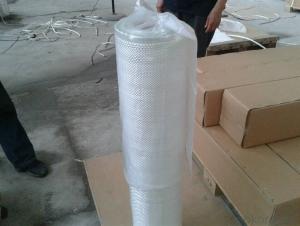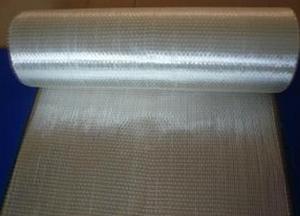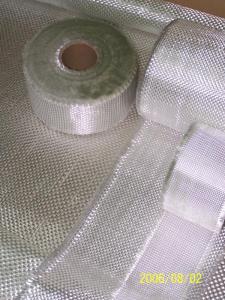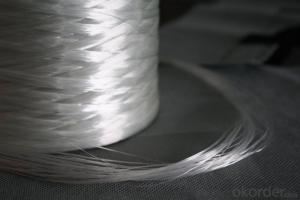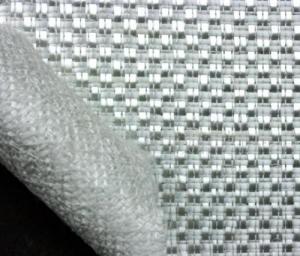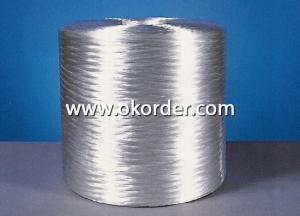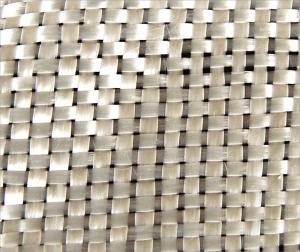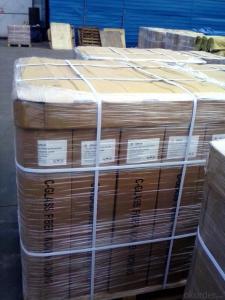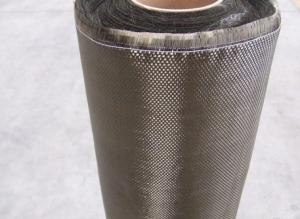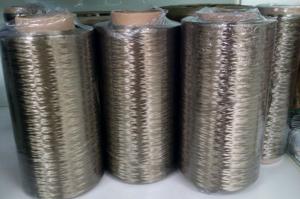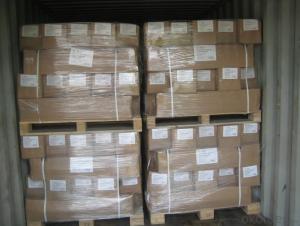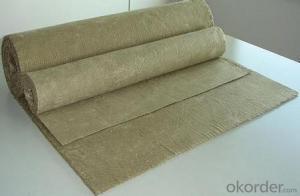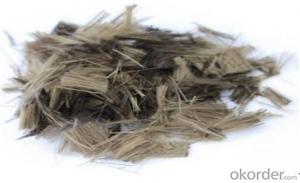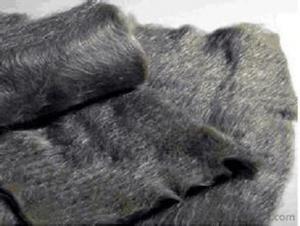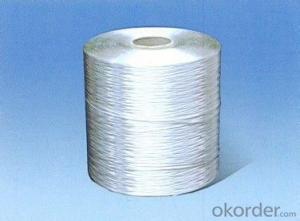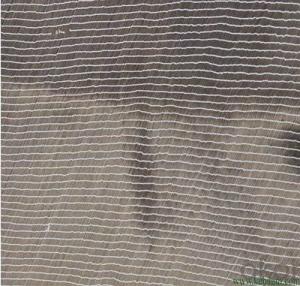All Categories
- - Steel Wire Rod
- - Steel Coils
- - Steel Profiles
- - Steel Pipes
- - Stainless Steel
- - Tinplate
- - Special Steel
- - Steel Sheets
- - Steel Rebars
- - Steel Strips
- - Hot Rolled Steel
- - Cold Rolled Steel
- - Pre-painted Steel
- - Seamless Steel Pipe
- - Welded Steel Pipe
- - Hollow Steel Tubes
- - Galvanized Pipe
- - Stainless Steel Coil
- - Stainless Steel Sheet
- - Stainless Steel Plate
- - Stainless Steel Strips
- - Electrolytic Tinplate Coil
- - Electrolytic Tinplate Sheet
- - Stainless Steel Rebars
- - Solar Panels
- - Solar Water Heater
- - Solar Related Products
- - Solar Inverter
- - Solar Cells
- - Solar Light
- - Solar Energy Systems
- - Solar Controllers
- - Solar Mounting System
- - Solar Pump
- - Solar Chargers
- - Fiberglass Chopped Strand
- - Fiberglass Mesh Cloth
- - Composite Pipes
- - FRP Pultrusion Profiles
- - Fiberglass Mat Tissue
- - Fiberglass Fabrics
- - Fiberglass Mesh
- - Composite Tank
- - Fiberglass Mesh tape
- - Polymer
- - FRP Roofing Panel
- - Fiberglass Roving
- - Monolithic Refractories
- - Ceramic Fiber Products
- - Refractory Bricks
- - Raw Materials For Refractory
- - Suspended Platform
- - Cranes
- - Concrete Machinery
- - Earthmoving Machinery
- - Building Hoist
- - Road Building Machinery
- - Plastic Pipe Fittings
- - Plastic Tubes
- - Plastic Sheets
- - Agricultural Plastic Products
- - Plastic Nets
 All Categories
All Categories
Q & A
What are the different fiber content options available in fiberglass roving?
The different fiber content options available in fiberglass roving include E-glass, S-glass, and AR-glass. E-glass is the most commonly used type, offering good strength and chemical resistance. S-glass has higher tensile strength and stiffness, making it suitable for high-performance applications. AR-glass stands for alkali-resistant glass, which is designed to resist damage from alkaline environments, making it ideal for use in concrete reinforcement.
What is the effect of moisture on fiberglass roving?
Moisture can have a negative effect on fiberglass roving, as it can weaken the material and make it more prone to damage, such as delamination or breakage. Moisture can also lead to the growth of mold or mildew, which can further compromise the integrity of the fiberglass. Therefore, it is important to keep fiberglass roving dry and protected from moisture to maintain its strength and durability.
Can fiberglass roving be used in the production of electrical relays?
Yes, fiberglass roving can be used in the production of electrical relays.
Wholesale Fiberglass Roving from supplier in Kyrgyzstan
We are a Fiberglass Roving supplier serving the Kyrgyzstan, mainly engaged in the sale, quotation, and technical support services of various Fiberglass Roving products in the Kyrgyzstan region. We are a subsidiary platform of the Fortune Global 500 company CNBM, able to provide you with one-stop Fiberglass Roving procurement services in the Kyrgyzstan. Not only do we have a wide range of Fiberglass Roving products, but after years of market development in the Kyrgyzstan, we can also provide valuable experience for your projects.
